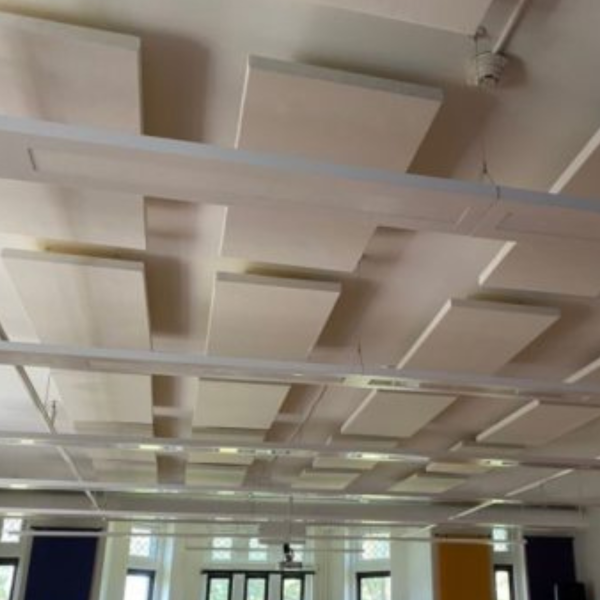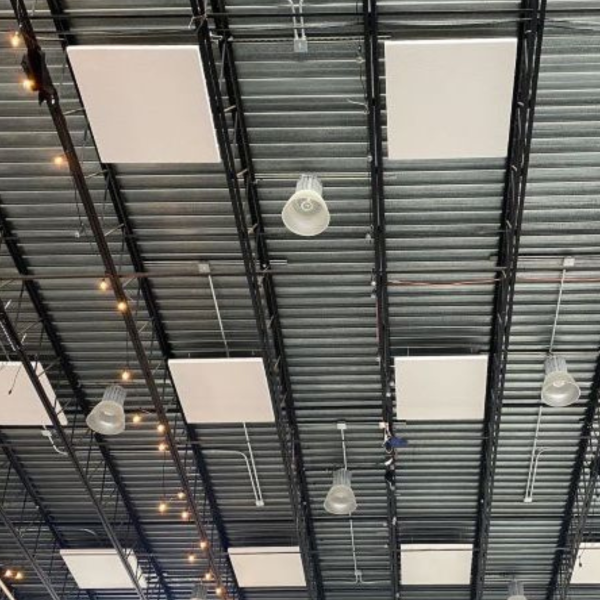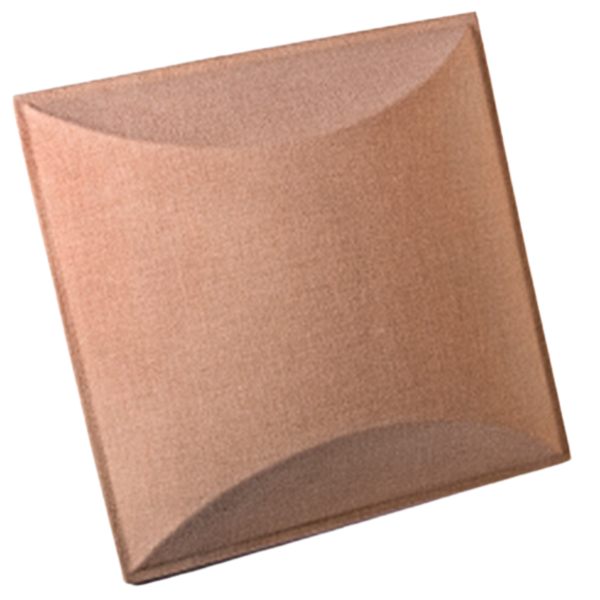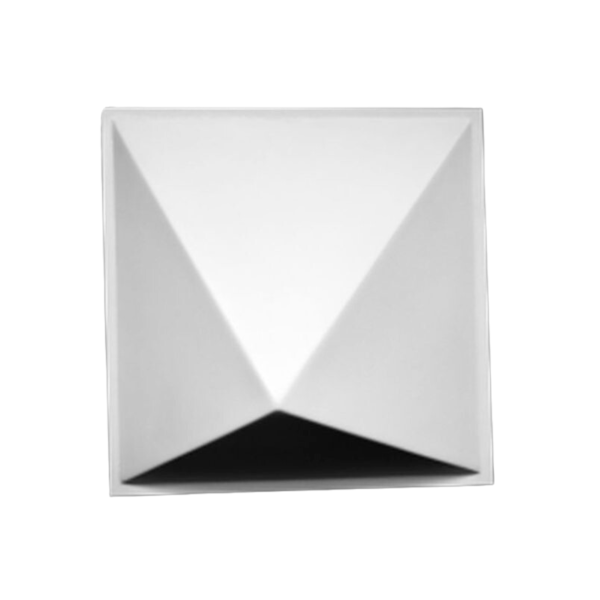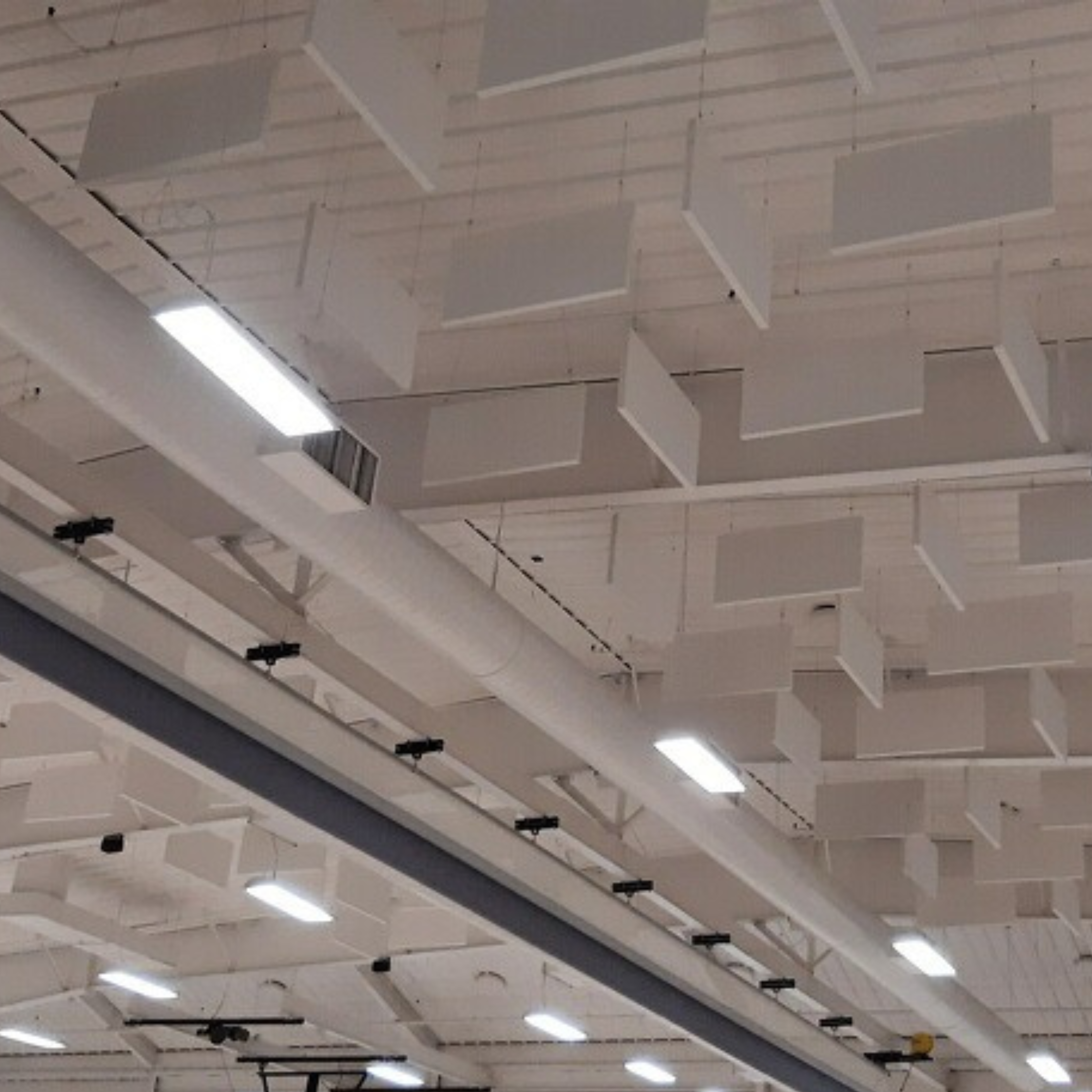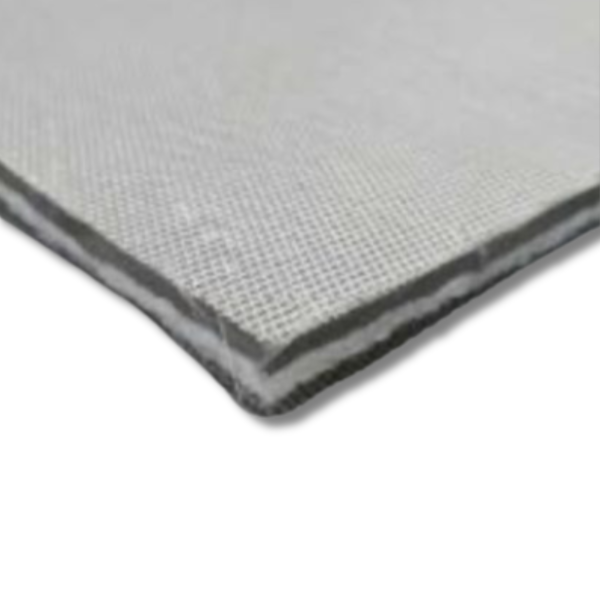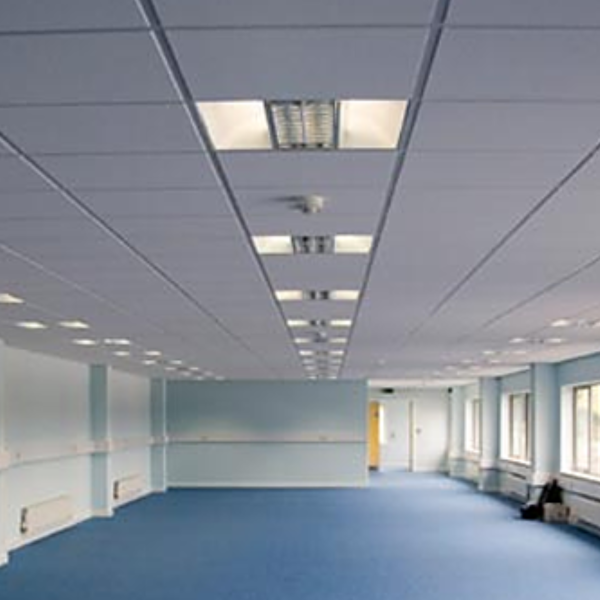-
Acoustic Ceiling Cloud Panels$116.28 – $261.15
Acoustical Ceiling Clouds are used to absorb unwanted echo and reverberation in your space. Similar to wall panels, they are constructed with 6pcf dense fiberglass cores, with an NRC of 1.05, and hand-wrapped with acoustically transparent fabric. Clouds are suspended from your ceiling using Rotofast mounts (supplied with the acoustic ceiling cloud) that are twisted into the fiberglass, then attached to an eyebolt or other structural member above (not included). Ceiling Clouds and Panels provide a significant reduction in reverberation in your space, providing more speech comfort for speaking and gathering events.
-
Barrel and Pyramid Diffusers$112.00 – $688.00
Barrel and pyramidal acoustical diffusers are ideal for acoustic treatment in band rooms, churches and other settings that are meant to host musical performances. Unlike sound absorbing panels, diffusers absorb only the low frequency sound waves that can’t be absorbed by the acoustic panels, and reflect the high frequency sound waves. This is why you’ll usually see both diffusers and acoustic panels used in music rooms – the combination will help to balance out the sounds of all the different instruments. Our diffusers are available in standard, white plastic finish and FR701 fabric finish.
-
Ceiling Baffles$98.00 – $215.00
Soundproof Direct’s Acoustic Ceiling baffles are designed for NRC of 0.8-1.5 for maximum ceiling absorption performance.
-
Drop Ceiling Noise Blokker$153.28 – $479.00
The Drop Ceiling Noise Blokker is designed to allow optimal ceiling soundproofing above existing ACT tile grids. Placed directly on top of the existing tile, and designed with a woven 1 lb/sf Mass Loaded Vinyl core with STC 26, you can greatly reduce airborne noise passing through your ceiling grid.
This issue is most common in office spaces where a wall between offices ends at the ceiling grid, and does not go all the way to the deck. This allows sound to “flank” up and over the wall through the open space in the ceiling, and travel to the adjacent office – another term we use for this is “cross-talk”.

